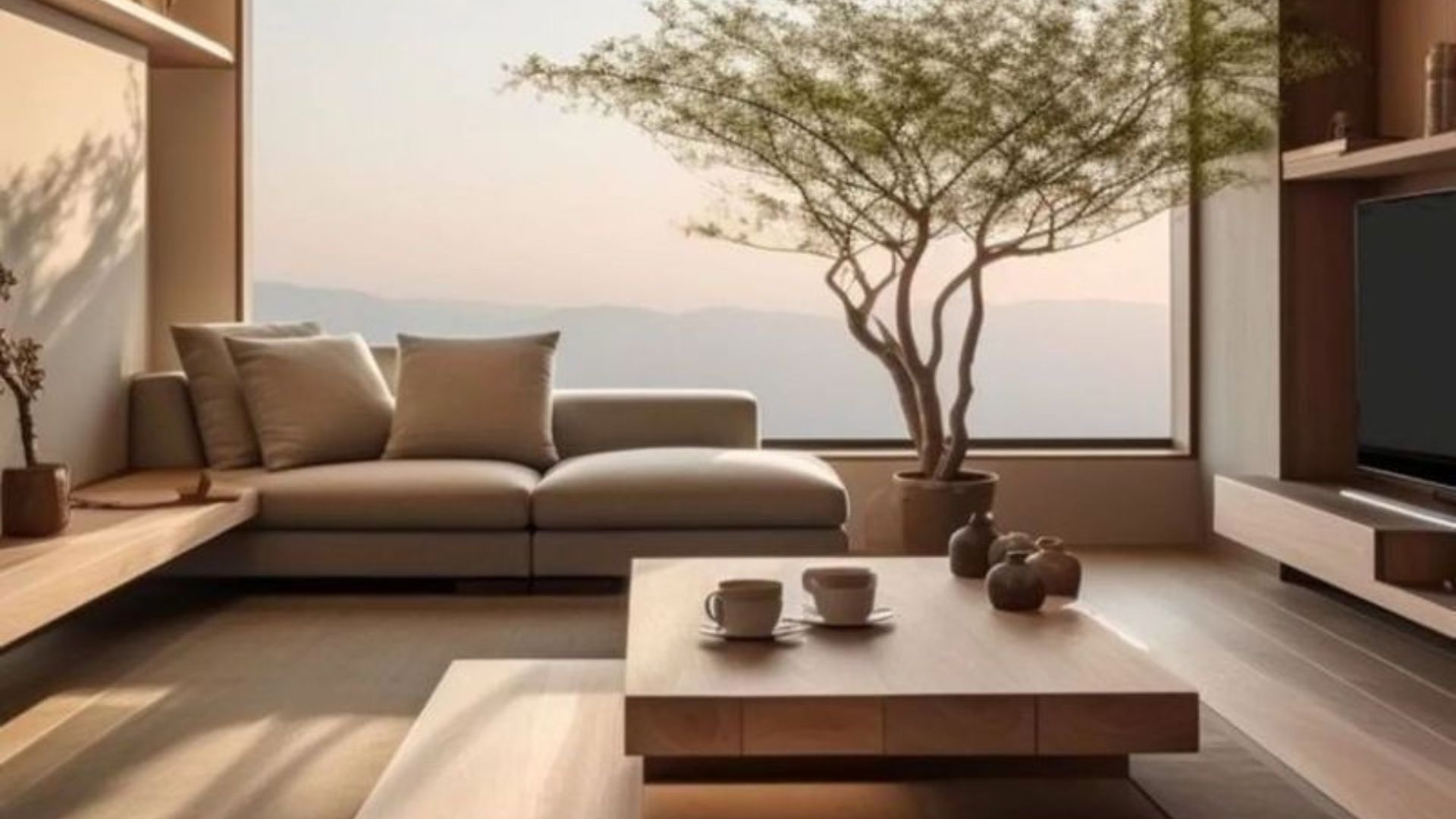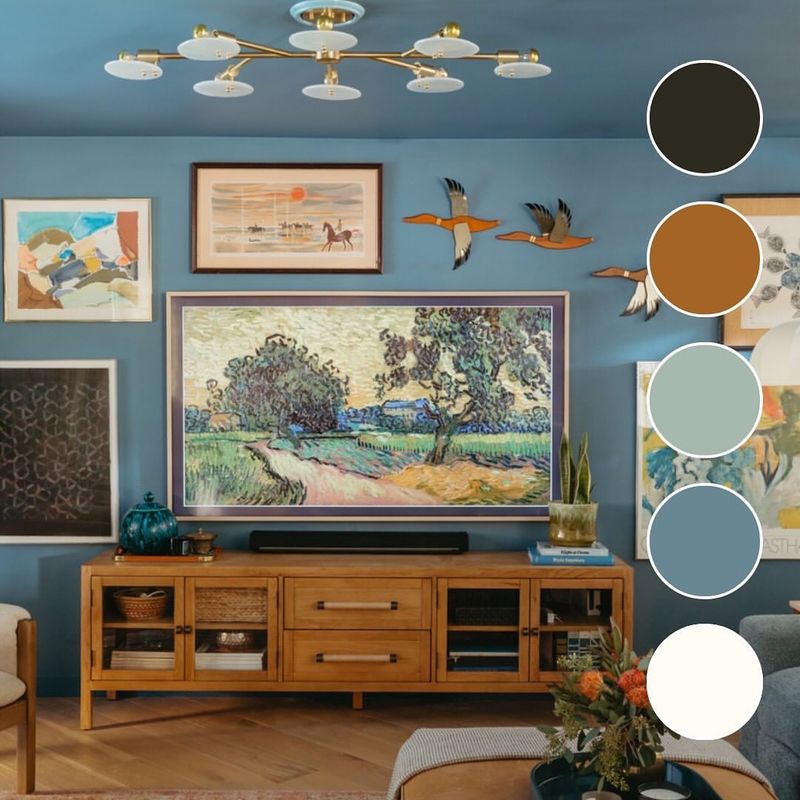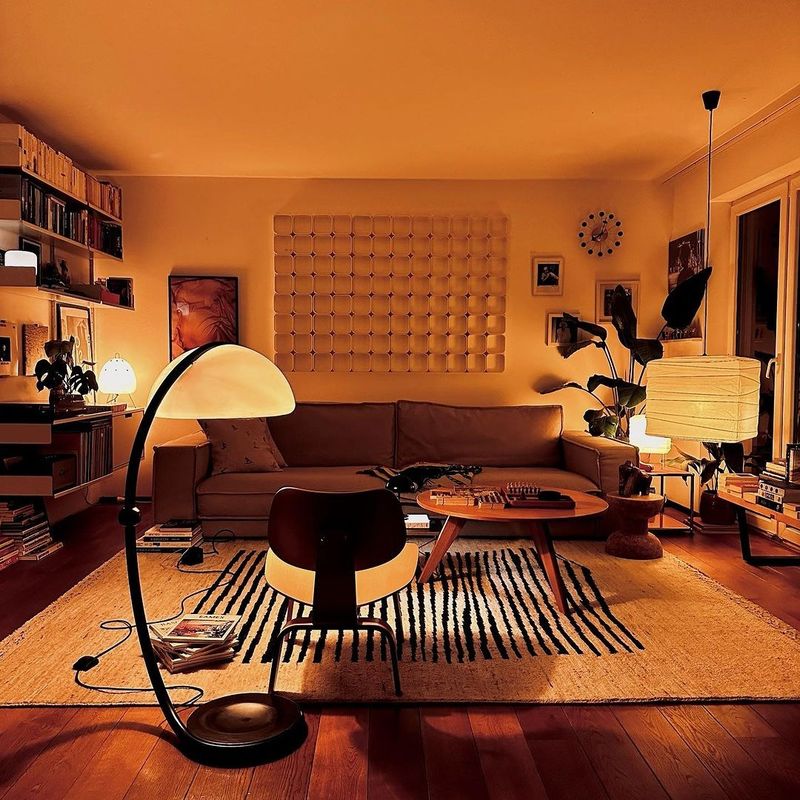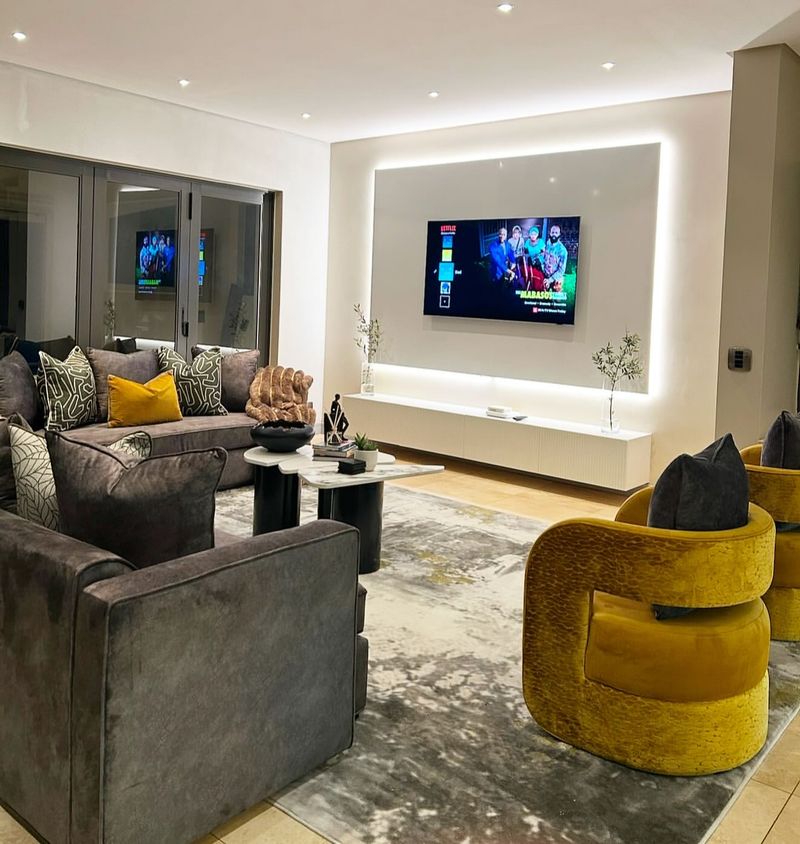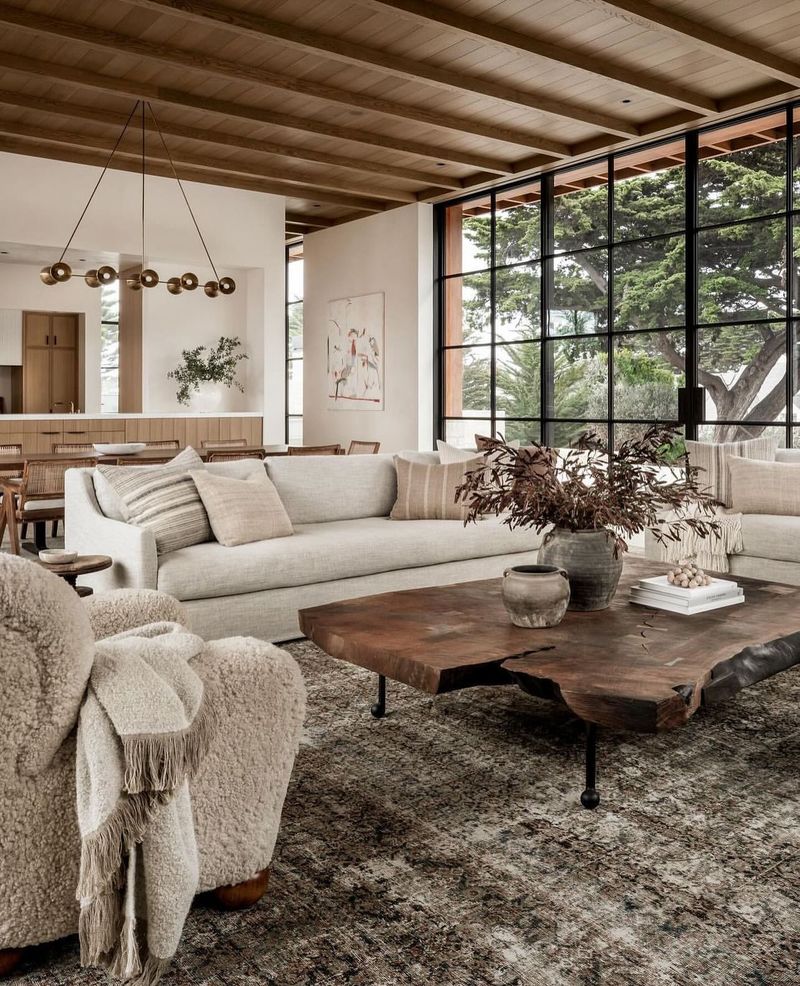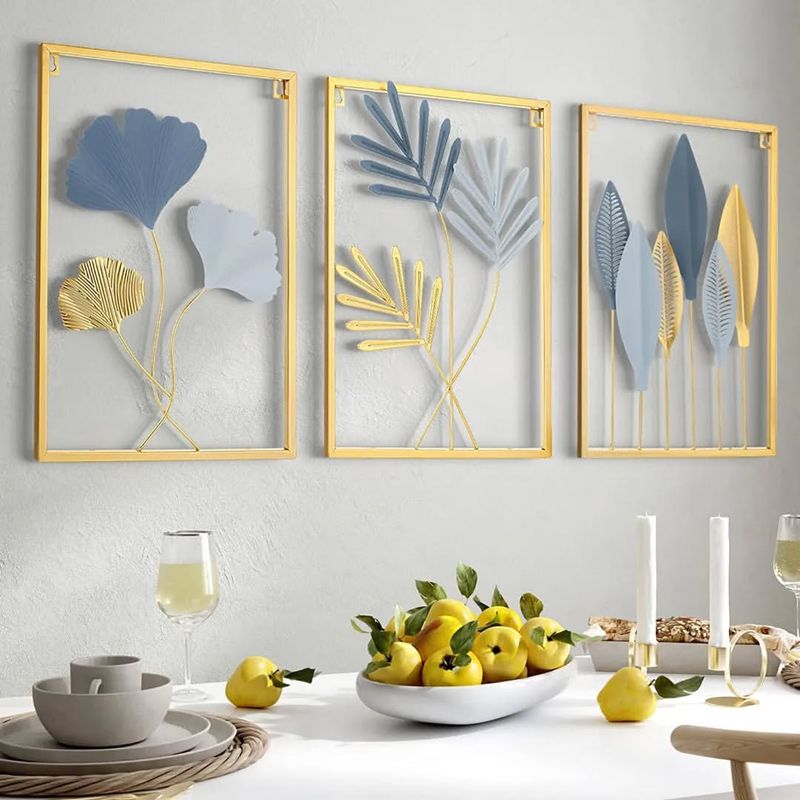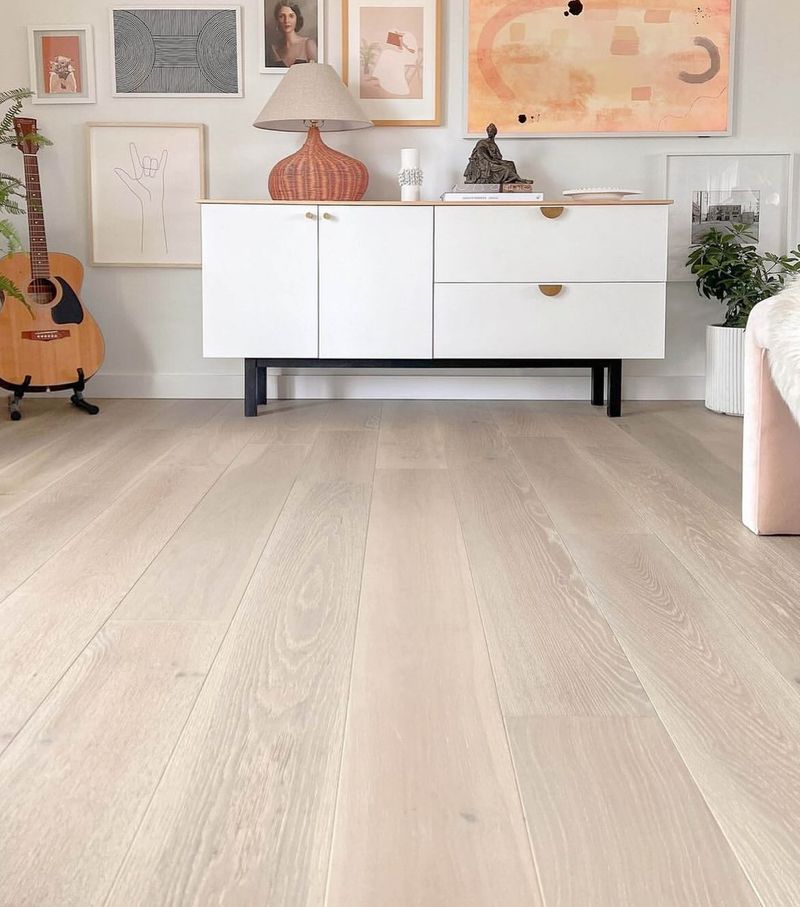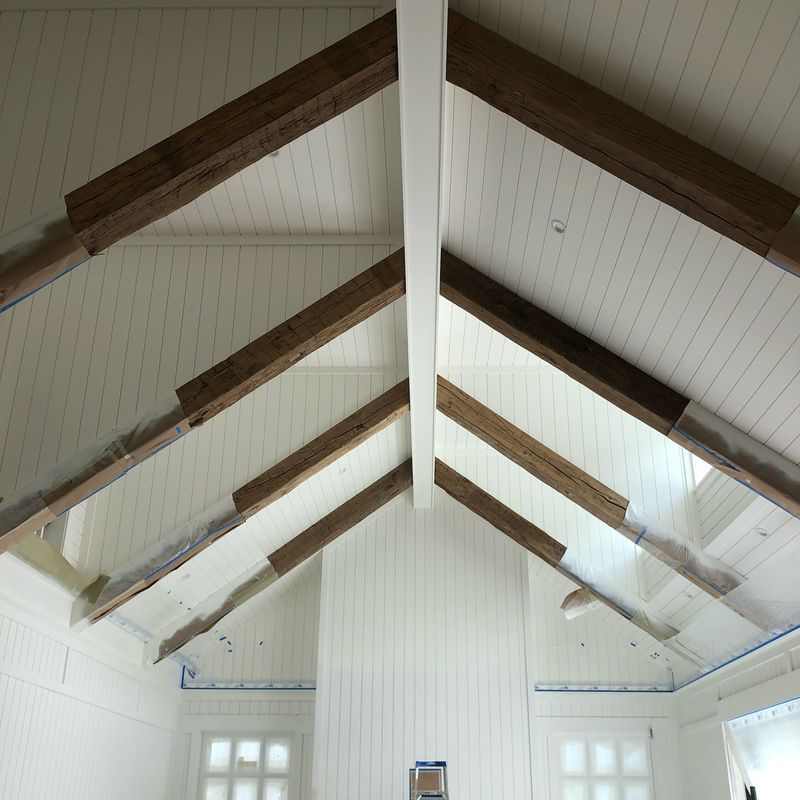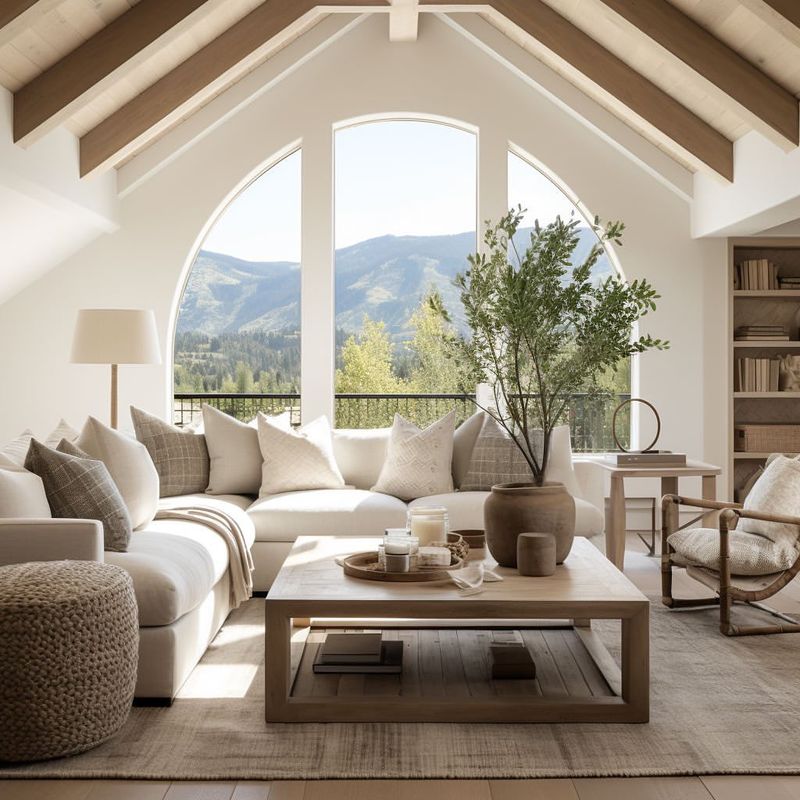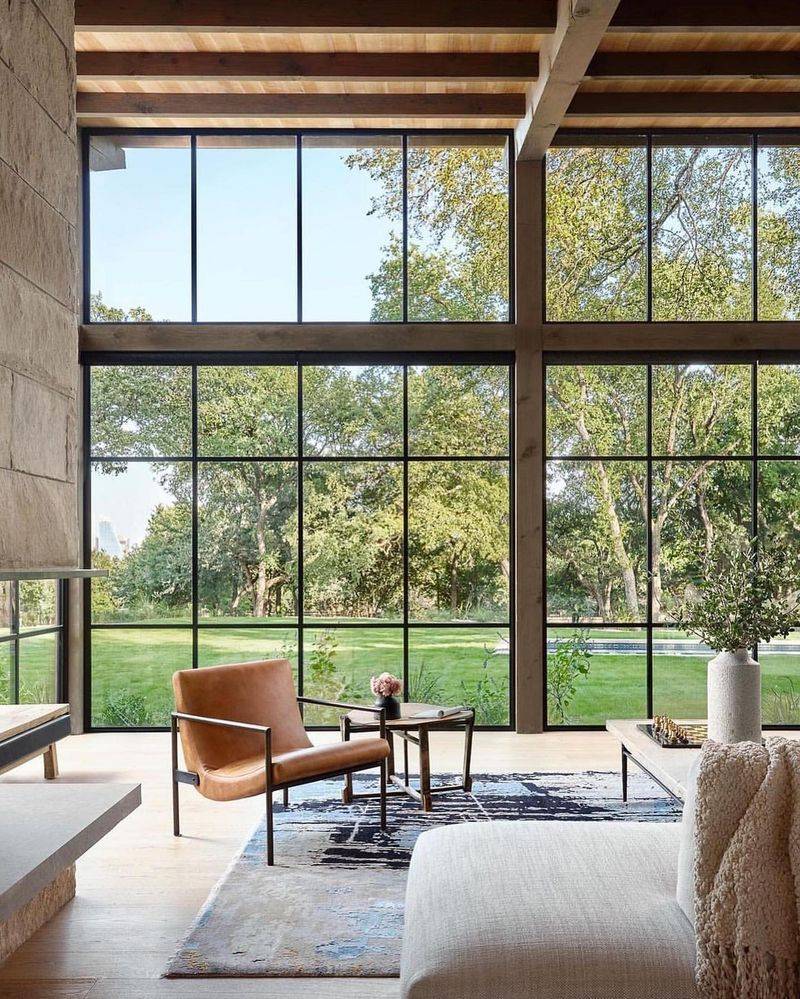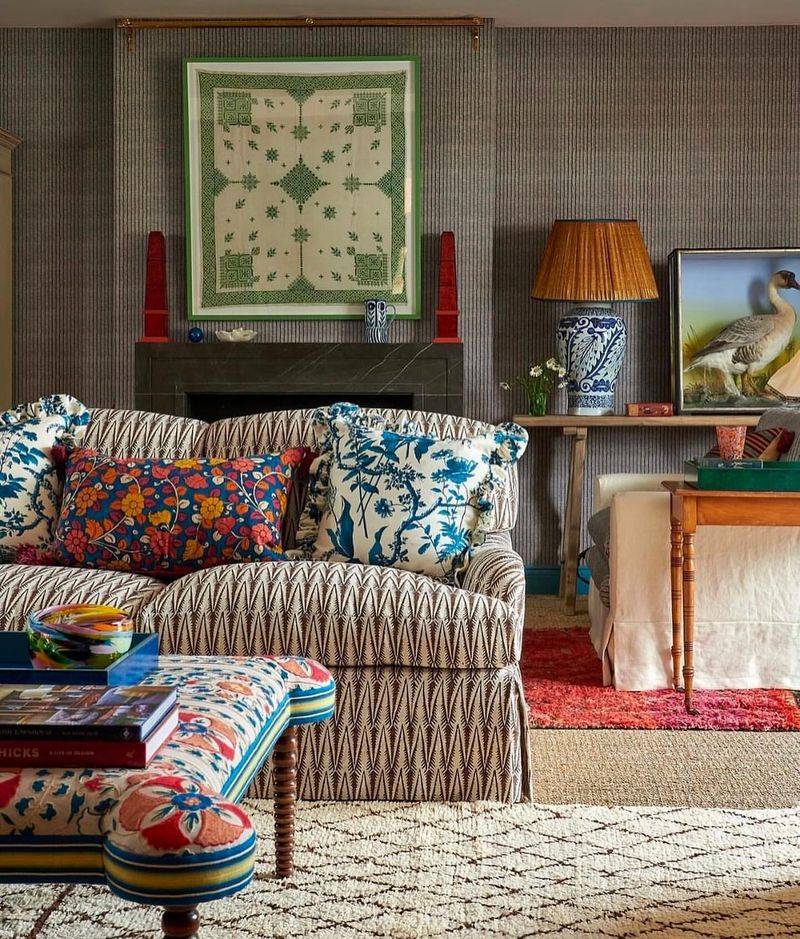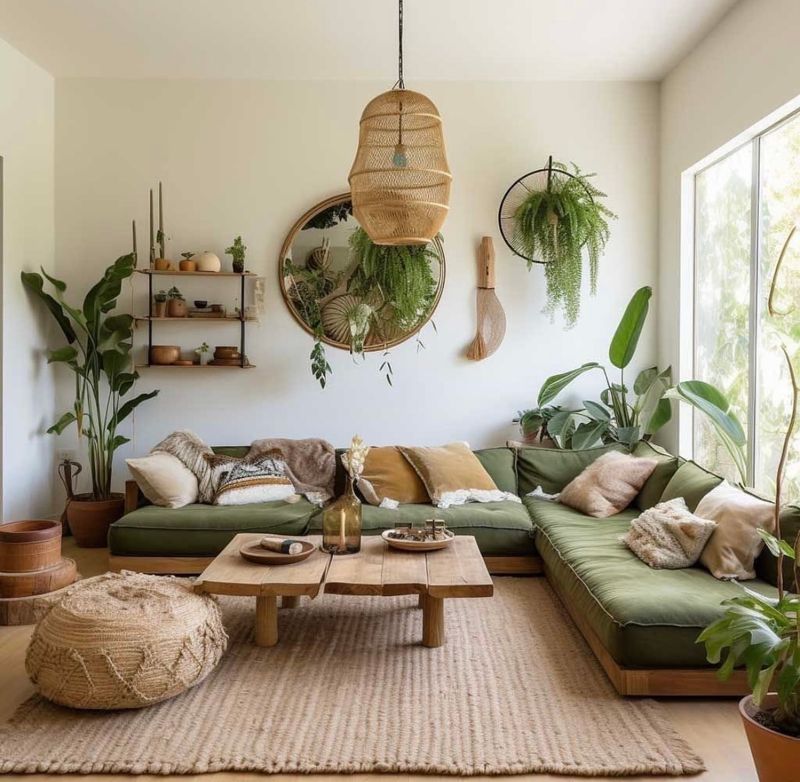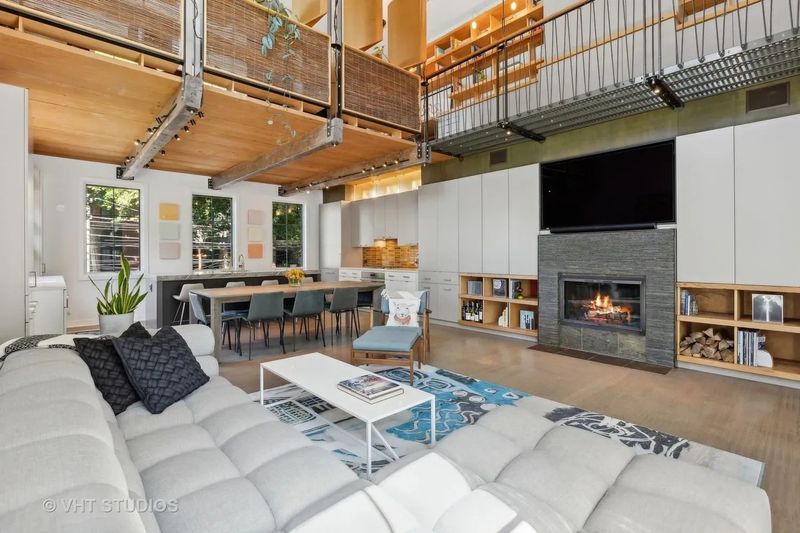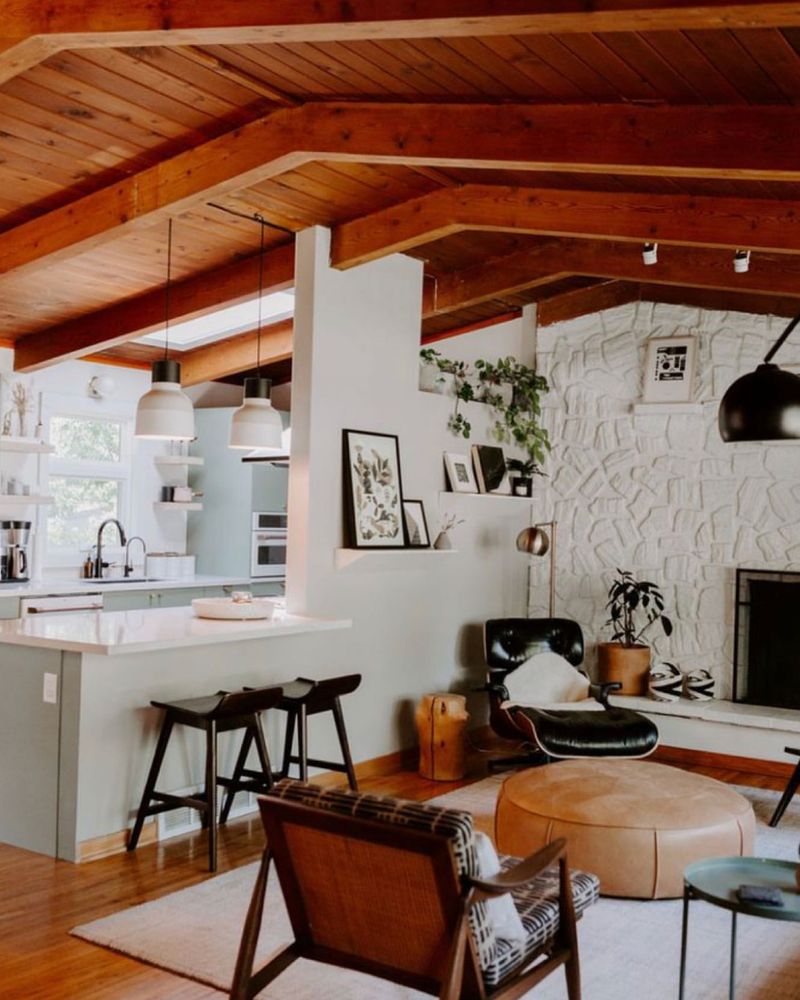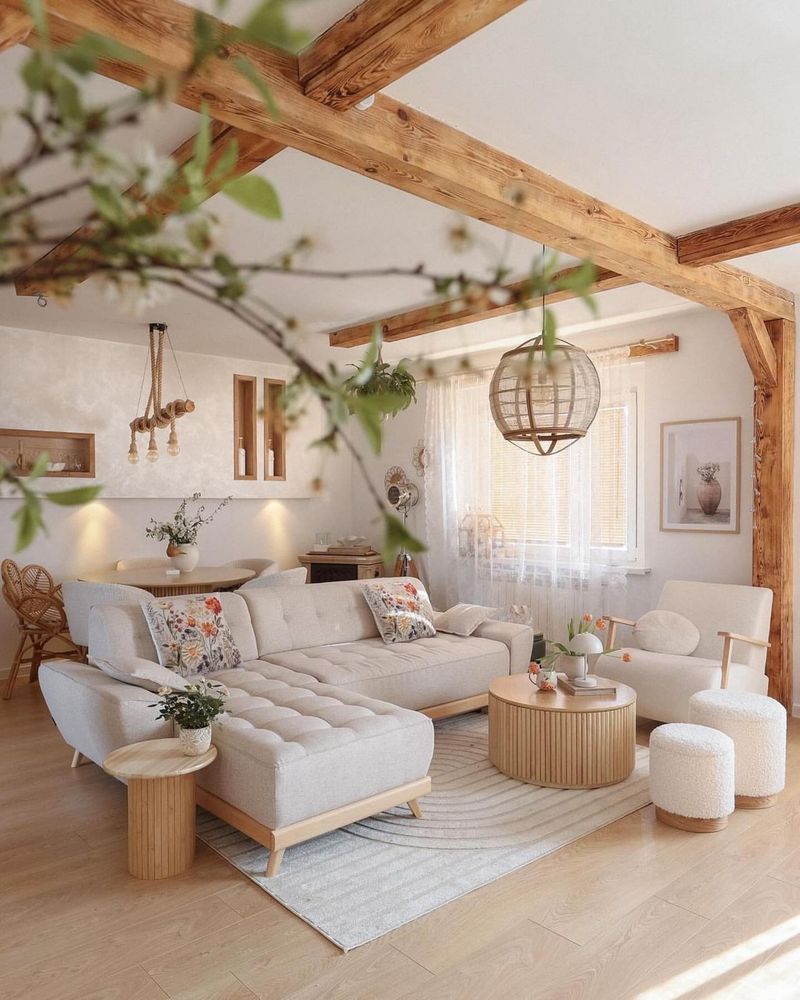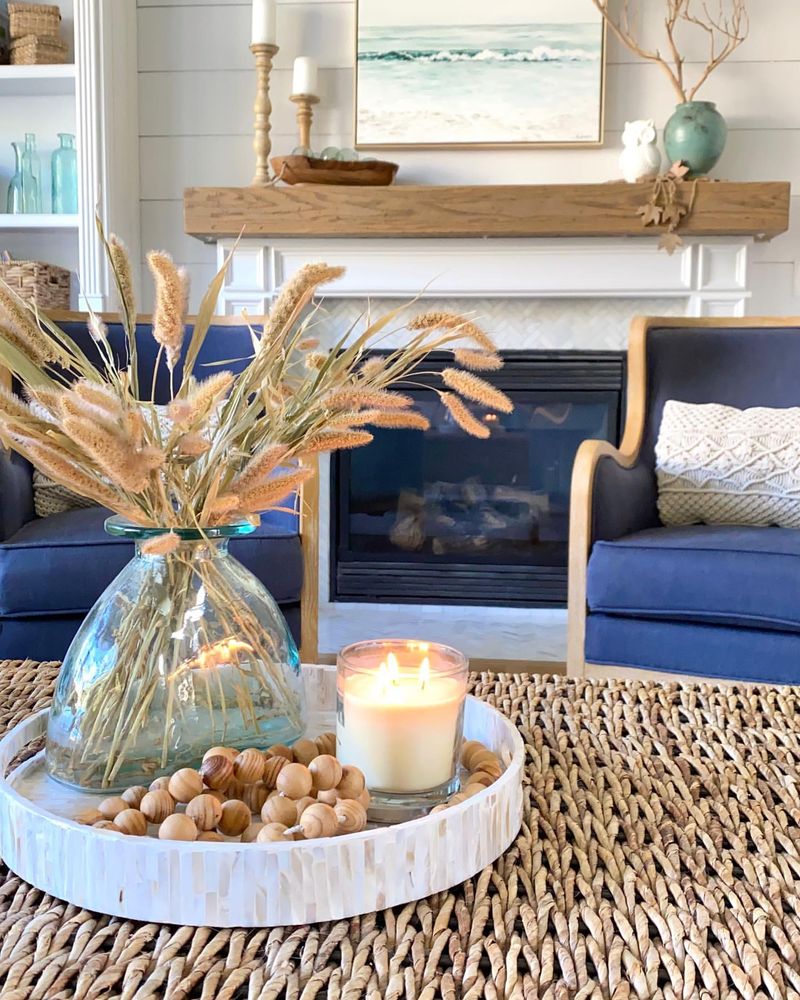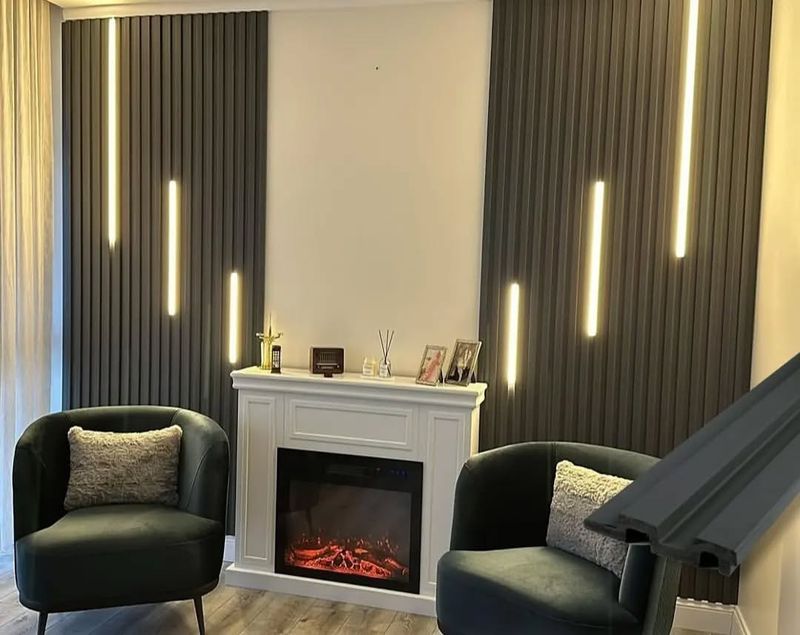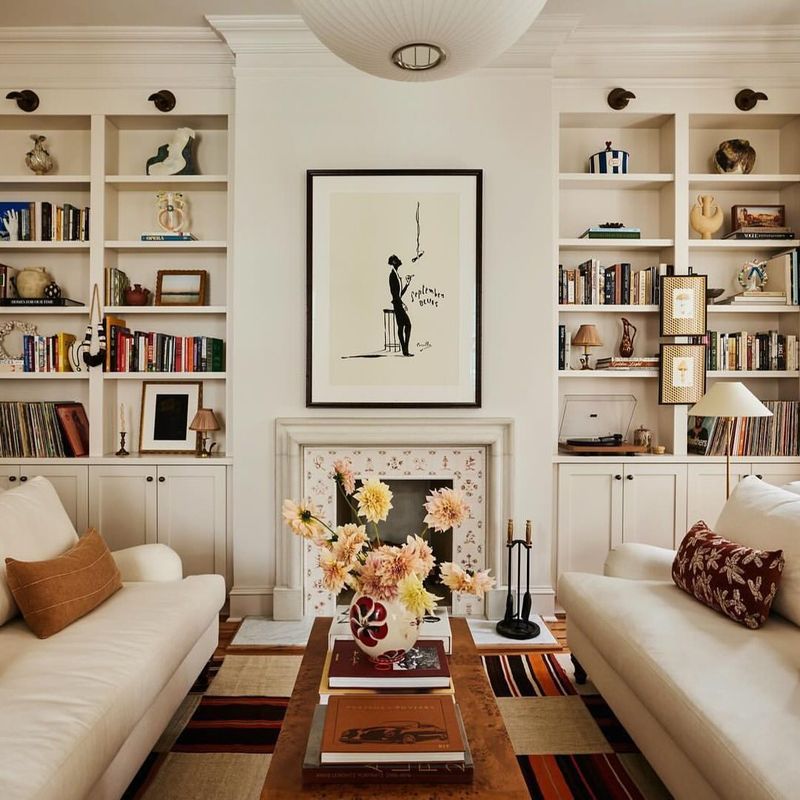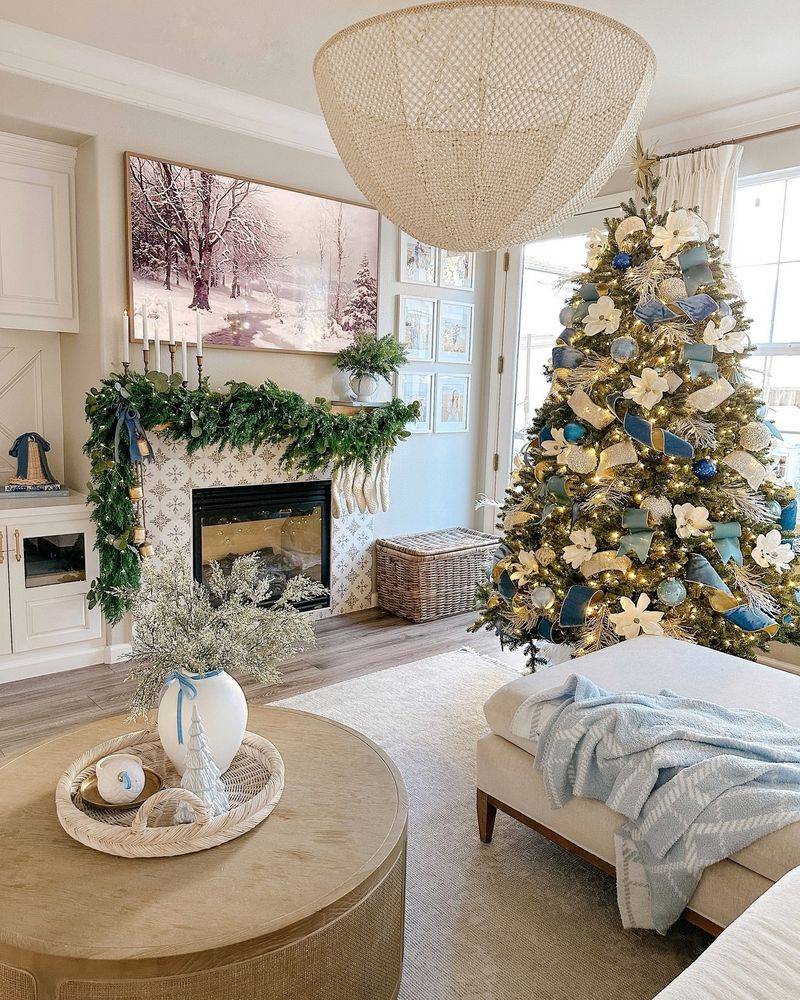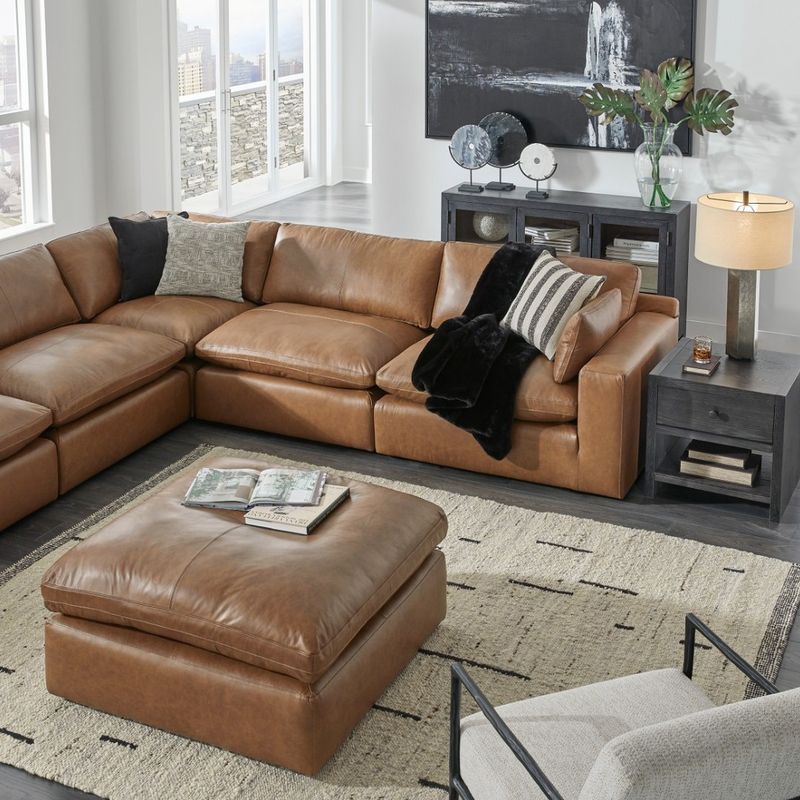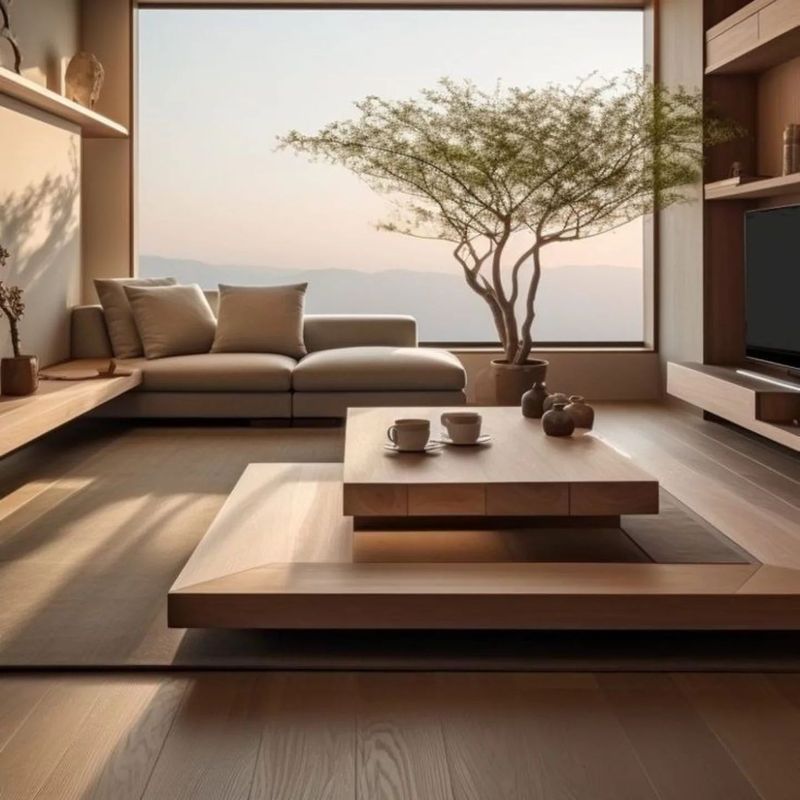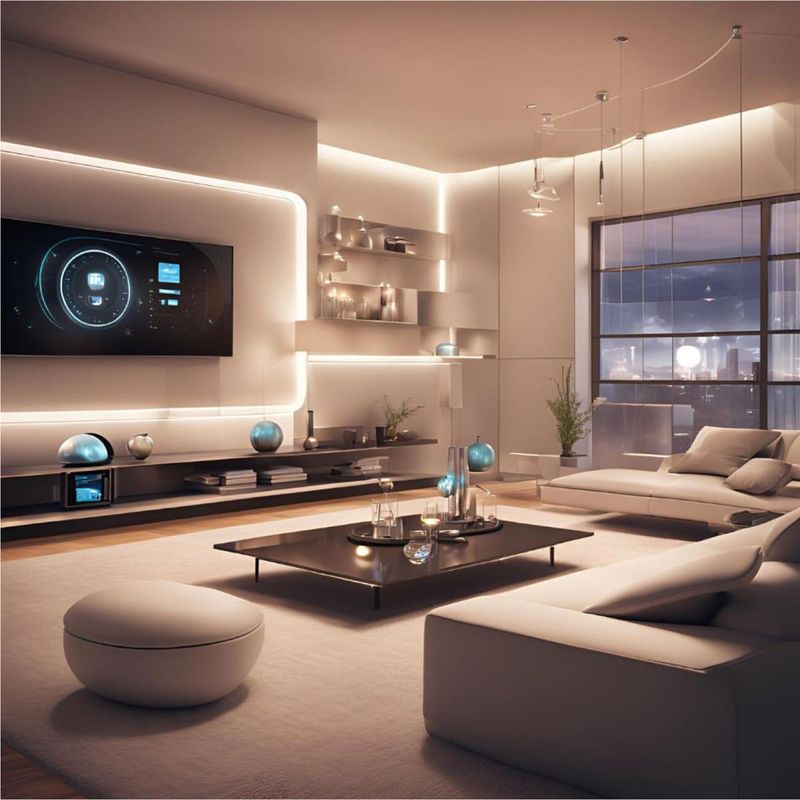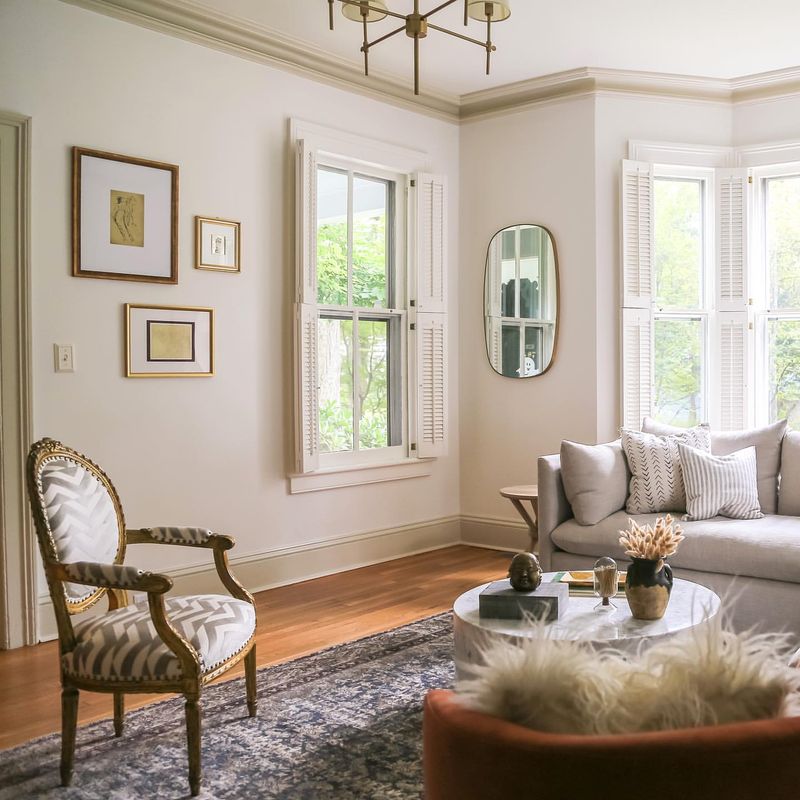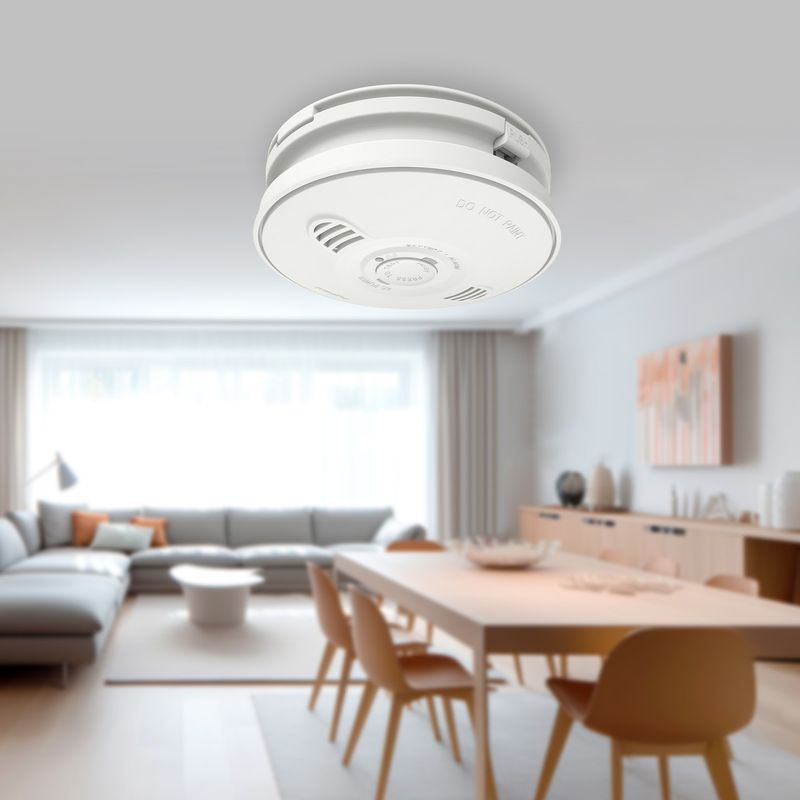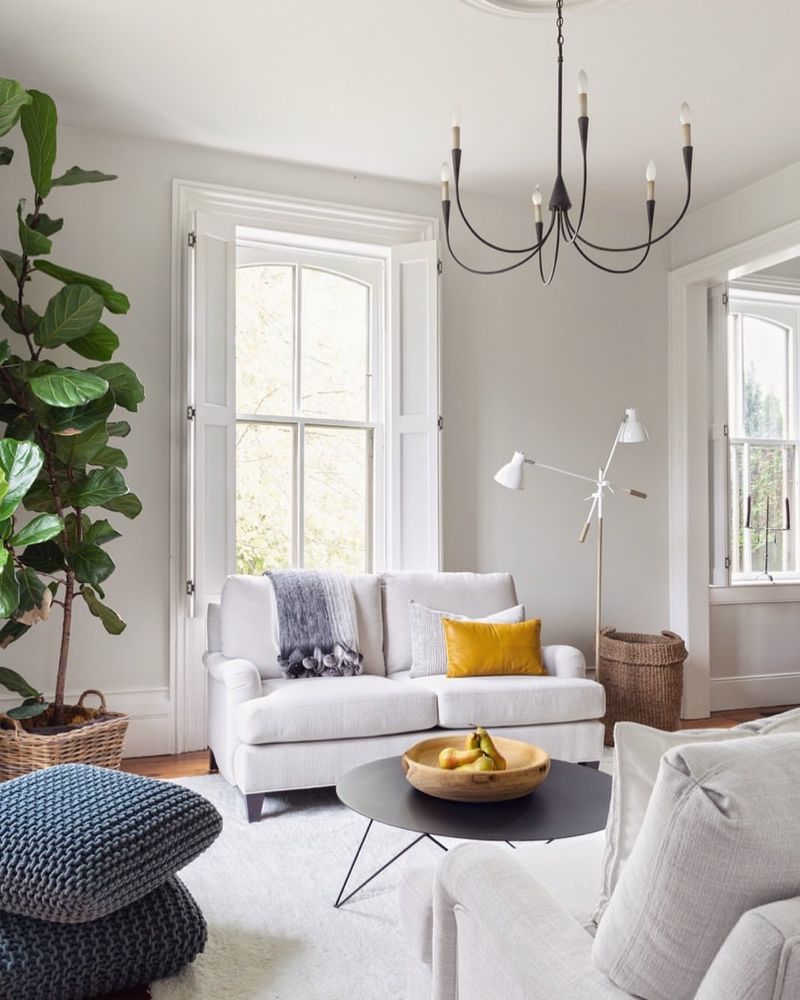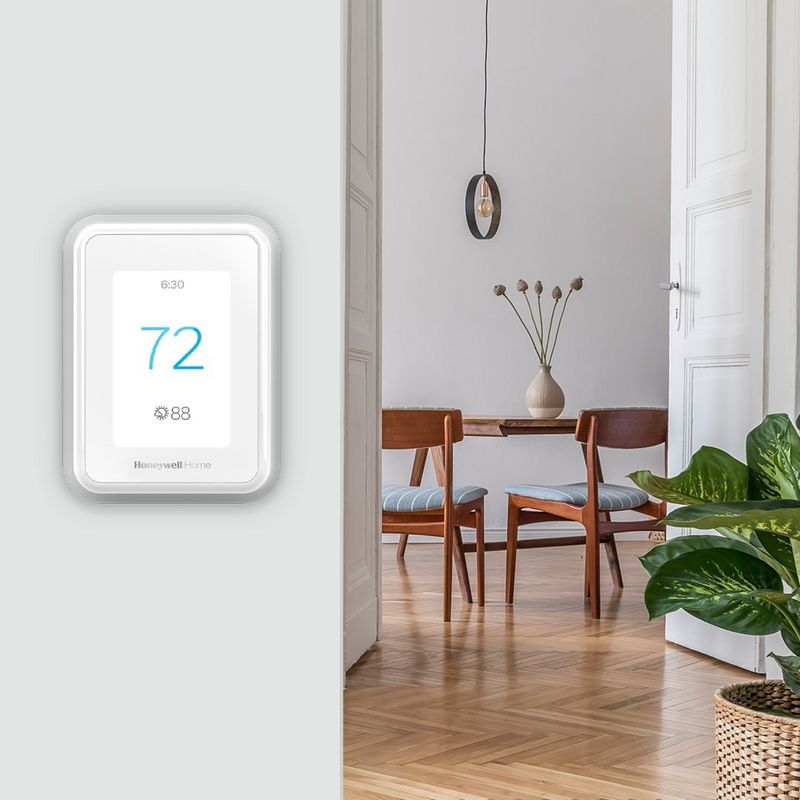As a designer, stepping into any room is like opening a new book filled with endless possibilities and stories. Every detail, from the colors to the textures, tells a tale that only a keen eye can decipher.
Whether it’s the harmony of furniture arrangement or the play of natural light, designers see the world through a distinctly aesthetic lens.
Join me as we explore the 25 things that immediately capture a designer’s attention when they walk into a room.
1. Color Palette
The first thing that grabs a designer’s attention is the color palette. Colors set the mood and define the atmosphere of a space. They can evoke emotions, influence perceptions, and even affect behavior. Walking into a room, I immediately sense whether the colors are calming or energetic.
They pay attention to how the colors complement or contrast with each other. Are they in harmony or do they clash? This initial impression shapes the overall feeling of the room, guiding further design decisions.
2. Lighting
Lighting is a powerful design element that can dramatically alter the perception of a space. They assess how natural and artificial light interact to create different ambiances.
Does the room feel warm or cold? They notice the placement of windows, types of light fixtures, and how light bounces off surfaces. The right lighting can enhance architectural features and set the perfect mood. A well-lit room feels inviting, while poor lighting can make a space feel gloomy.
3. Furniture Layout
Furniture layout is crucial for both function and flow. They immediately observe how pieces are arranged to facilitate movement and interaction.
Is the layout inviting and practical? Proper furniture placement can make a room feel open and accessible, while poor arrangement can create bottlenecks.
They consider the alignment and proportion of furniture within the space, ensuring everything works together seamlessly to maximize comfort and usability.
4. Textures
Textures add depth and interest to any room, and as designers, they can’t resist touching and feeling the materials. Textures can range from soft and plush to hard and sleek.
They note how different textures interact to create balance and contrast. Are they inviting to the touch? The right combination of textures can transform a room from mundane to mesmerizing, engaging both the eyes and the hands.
5. Wall Art and Decor
Art and decor speak volumes about a room’s personality and the people who inhabit it. They immediately focus on the choice and placement of wall art and decorative items.
Do they tell a story or create a theme? Are they proportionate to the wall size? The right pieces can elevate a room, adding character and focal points that draw the eye and spark conversation.
6. Flooring
Flooring is the foundation of any room, influencing aesthetics and functionality. They closely examine the type of flooring, whether it’s hardwood, tile, or carpet, and consider its condition and upkeep.
Is it practical and pleasing? The choice of flooring impacts the room’s acoustics, warmth, and overall feel. A beautifully maintained floor can enhance a room’s elegance, while worn-out flooring can detract from its appeal.
7. Ceiling Details
Ceiling details are often overlooked, but not by designers. They notice any architectural features, such as moldings or beams, that add character to a room’s vertical space.
Do they enhance the room’s style? The ceiling can influence how a room feels in terms of height and openness. Unique or ornate ceiling details can add a touch of grandeur, making the space feel more complete and thoughtfully designed.
8. Space Utilization
Efficient space utilization is key in any room, especially in smaller areas. They assess how well the space is used, noting any clever storage solutions or multifunctional furniture.
Is the space maximized for both style and practicality? Creative space utilization can transform a cramped area into a functional, stylish haven. They appreciate innovative designs that make the most of every square foot without compromising on aesthetics.
9. Window Treatments
Window treatments are more than just functional; they frame the view and control light. They immediately notice the style and material of curtains or blinds in a room.
Do they complement the room’s design? Are they practical for light control and privacy? The right window treatments can enhance a room’s elegance and softness, adding layers and depth to the overall decor, while also serving a practical purpose.
10. Patterns and Prints
Patterns and prints bring energy and personality to a space. They pay close attention to the choice and arrangement of patterns, whether on fabrics, wallpapers, or accent pieces.
Are they bold or subtle? Do they harmonize or clash with the rest of the decor? Well-chosen patterns can add dynamism and flair, creating a captivating visual story within the room. They should enhance, not overwhelm, the overall aesthetic.
11. Plants and Greenery
Plants and greenery breathe life into any room, making it feel fresh and vibrant. They notice the types and placements of plants as soon as I enter.
Do they enhance the room’s atmosphere? Well-placed greenery can soften harsh lines and add natural beauty. It’s about balance; not too sparse, not too overwhelming. In addition to aesthetics, plants can improve air quality and bring a sense of tranquility to a space, offering both beauty and health benefits.
12. Functional Zones
Functional zoning is essential in creating a cohesive and organized space, especially in open-plan designs. They immediately assess how the room is divided into areas for different activities.
Is there a clear flow between zones? Effective zoning ensures that each area serves a purpose without feeling disjointed. It helps to create a natural rhythm within the room, allowing for distinct yet harmonious spaces that cater to various needs and activities.
13. Architectural Features
Architectural features can define a room’s character and style. They look for unique elements like exposed beams, brick walls, or arches that add authenticity and charm.
Do they complement the room’s design theme? These features often serve as focal points, enhancing the room’s appeal and architectural integrity. They tell a story, connecting the old with the new, and provide a solid foundation for further design inspiration.
14. Room Proportions
The proportions of a room affect its balance and harmony. They assess the room’s dimensions and how they relate to the furnishings and decor.
Is everything in scale? Proper proportions create a sense of equilibrium, making the room feel neither overcrowded nor empty. This balance is crucial for visual harmony and effective design, ensuring each element fits perfectly within the space’s overall layout.
15. Aroma and Ambience
Aroma is an often-overlooked sensory element that affects ambiance. They notice scents that add to a room’s atmosphere, from fresh florals to warm spices.
Does the aroma enhance the space? A pleasant scent can make a room feel inviting and comfortable, while an unpleasant one can detract from its appeal. Incorporating subtle aromas through candles or diffusers can elevate the sensory experience, creating a welcoming and relaxing environment.
16. Sound and Acoustics
Sound is a critical yet often forgotten element in design. They listen for acoustics and how sound travels within a room.
Is it echoey or muffled? Proper acoustic treatment can enhance the functionality of a room, especially in spaces like home theaters or studios. I consider materials that absorb or deflect sound to create the desired audio environment, ensuring the room is both visually and audibly pleasing.
17. Personal Touches
Personal touches make a room feel lived-in and intimate. They notice family photos, travel souvenirs, and other personal items that tell a story.
Do they reflect the owner’s personality? These elements add warmth and character, creating a connection between the space and its inhabitants. In designing a room, it’s essential to incorporate personal touches that make it unique and meaningful, turning a house into a home.
18. Seasonal Decor
Seasonal decor brings a sense of time and festivity. They observe how the room reflects the current season through colors, textures, and accessories.
Does it feel appropriate and timely? Seasonal elements can refresh a space, providing a dynamic and evolving environment. Incorporating seasonal decor allows for creativity and personalization, ensuring the room feels aligned with nature’s cycles and festive events.
19. Material Quality
Quality materials are essential for durability and aesthetics. They evaluate the craftsmanship and condition of materials used in the room.
Are they high-grade and well-maintained? Quality materials not only enhance the room’s appearance but also its longevity. Investing in superior materials ensures that the design will stand the test of time, providing both beauty and functionality for years to come.
20. Cohesive Theme
A cohesive theme ties a room together, creating unity and flow. They assess whether the elements in a room align with a specific design theme.
Is there consistency in style and color? A unified theme ensures that the room feels intentional and well-thought-out, providing a seamless visual experience. Each piece should complement the overall theme, contributing to a harmonious and balanced environment.
21. Technology Integration
Technology integration is a modern design element that enhances functionality. They notice the presence of smart home devices and how they blend with the decor.
Are they seamlessly incorporated? Technology should enhance the room’s usability without detracting from its aesthetics. Well-integrated technology offers convenience and modernity, creating a space that is both stylish and functional, catering to the tech-savvy homeowner.
22. Vintage Elements
Vintage elements add charm and nostalgia to a room. They notice any antique or retro items that bring a sense of history and character.
Do they blend well with modern pieces? Incorporating vintage elements can create a unique and eclectic look, adding depth and personality to the space. It’s about striking the right balance between old and new to craft a room that feels timeless and inviting.
23. Safety Features
Safety features are a crucial aspect of any room design. They look for elements that ensure a safe environment, such as smoke detectors, carbon monoxide alarms, and childproofing measures.
Are they up to standard? Safety should never be compromised for aesthetics. Proper safety features provide peace of mind, ensuring that the room is not only beautiful but also secure for all its occupants.
24. Cleanliness and Maintenance
Cleanliness and maintenance reflect a room’s care and attention. They notice how well a room is kept, from dust-free surfaces to organized spaces.
Is everything tidy and well-maintained? A clean room exudes freshness and order, enhancing the overall ambiance. Maintenance ensures that the space remains in top condition, preserving its beauty and functionality over time. It’s about creating an environment that feels welcoming and cared for.
25. Ambient Temperature
Ambient temperature plays a role in comfort and usability. They sense whether the room feels too warm, cold, or just right.
Is the temperature suitable for its intended use? A comfortable ambient temperature enhances a room’s appeal, making it inviting and pleasant to spend time in. Proper heating and cooling solutions contribute to the overall comfort and functionality of the space, ensuring it meets the needs of its occupants.

